Back to Courses
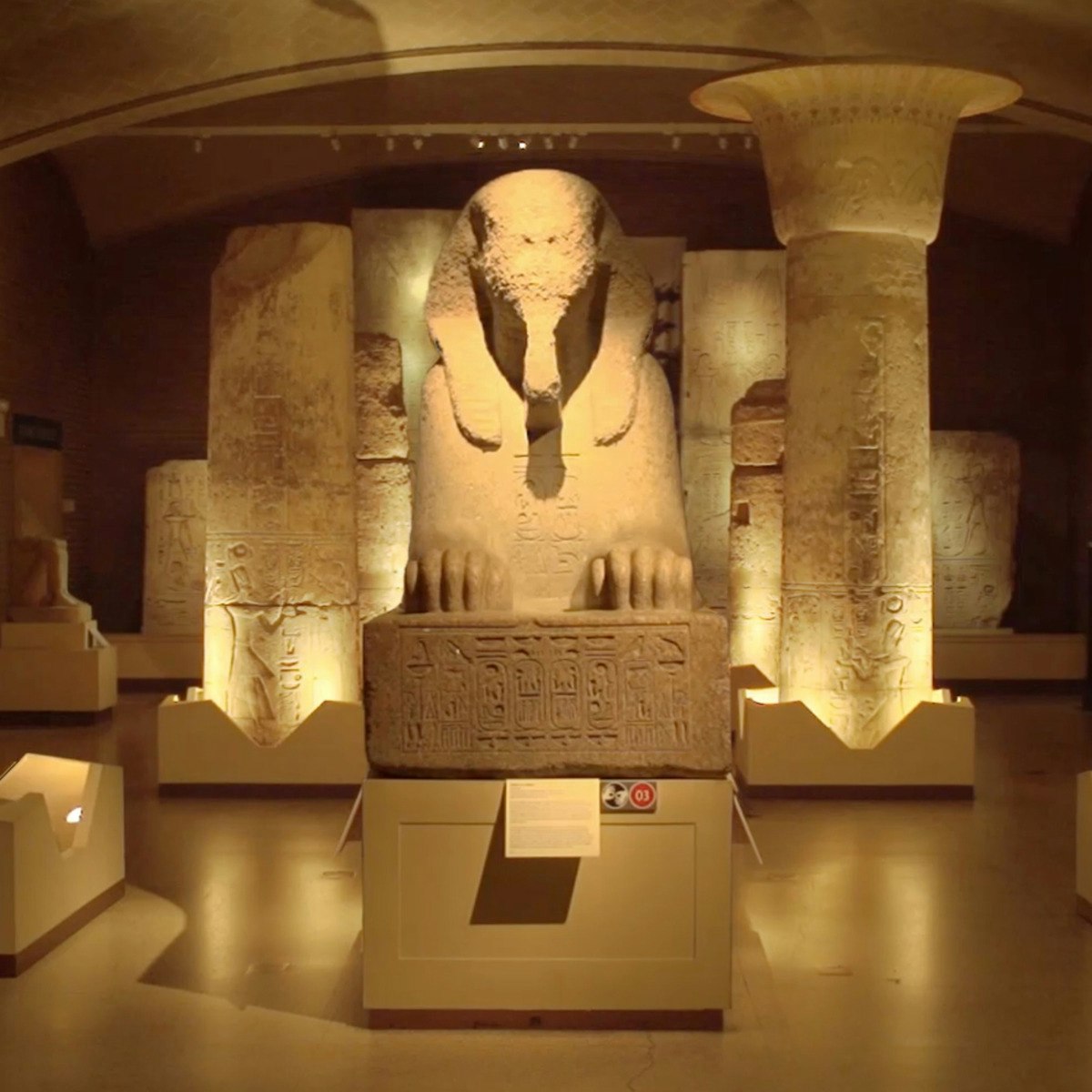

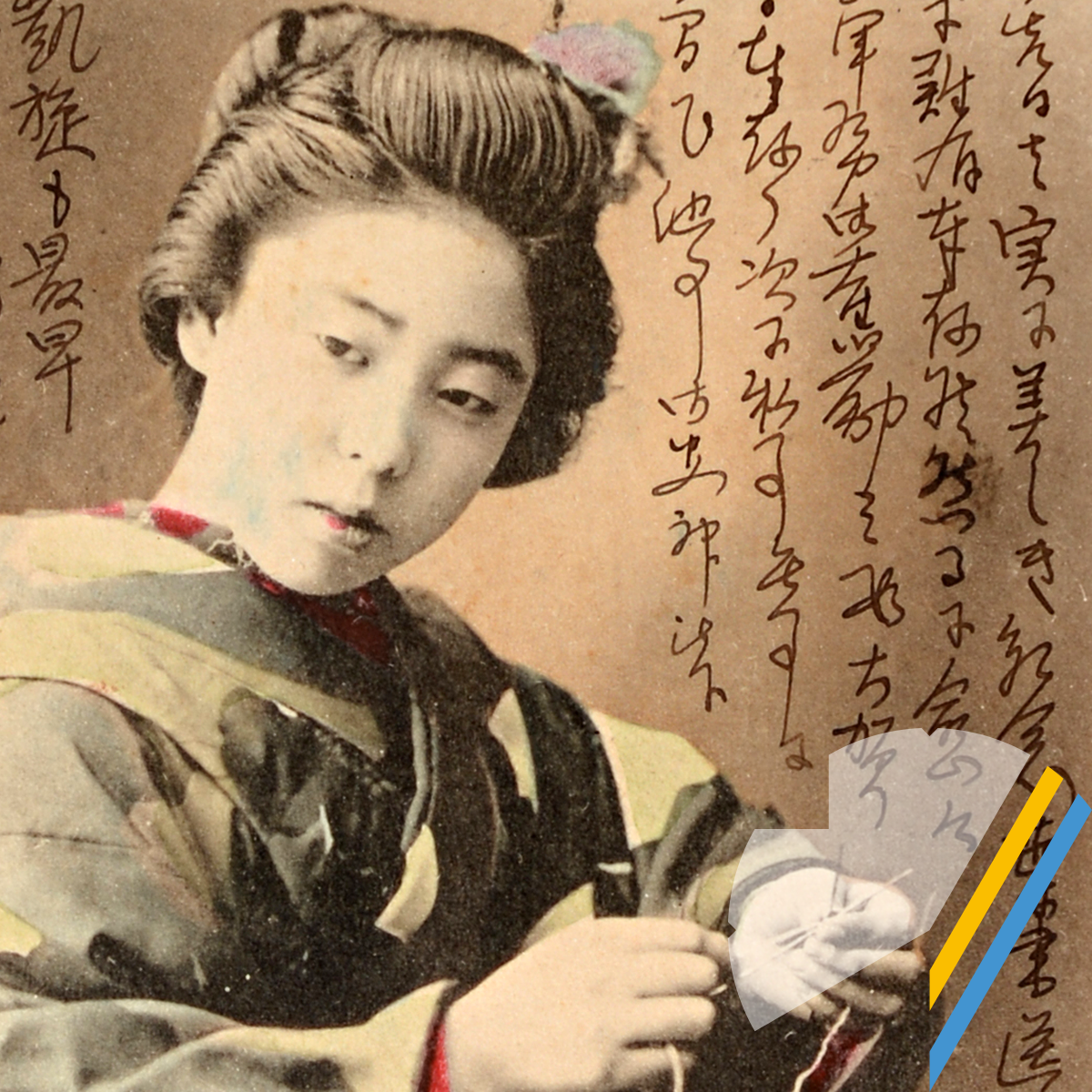
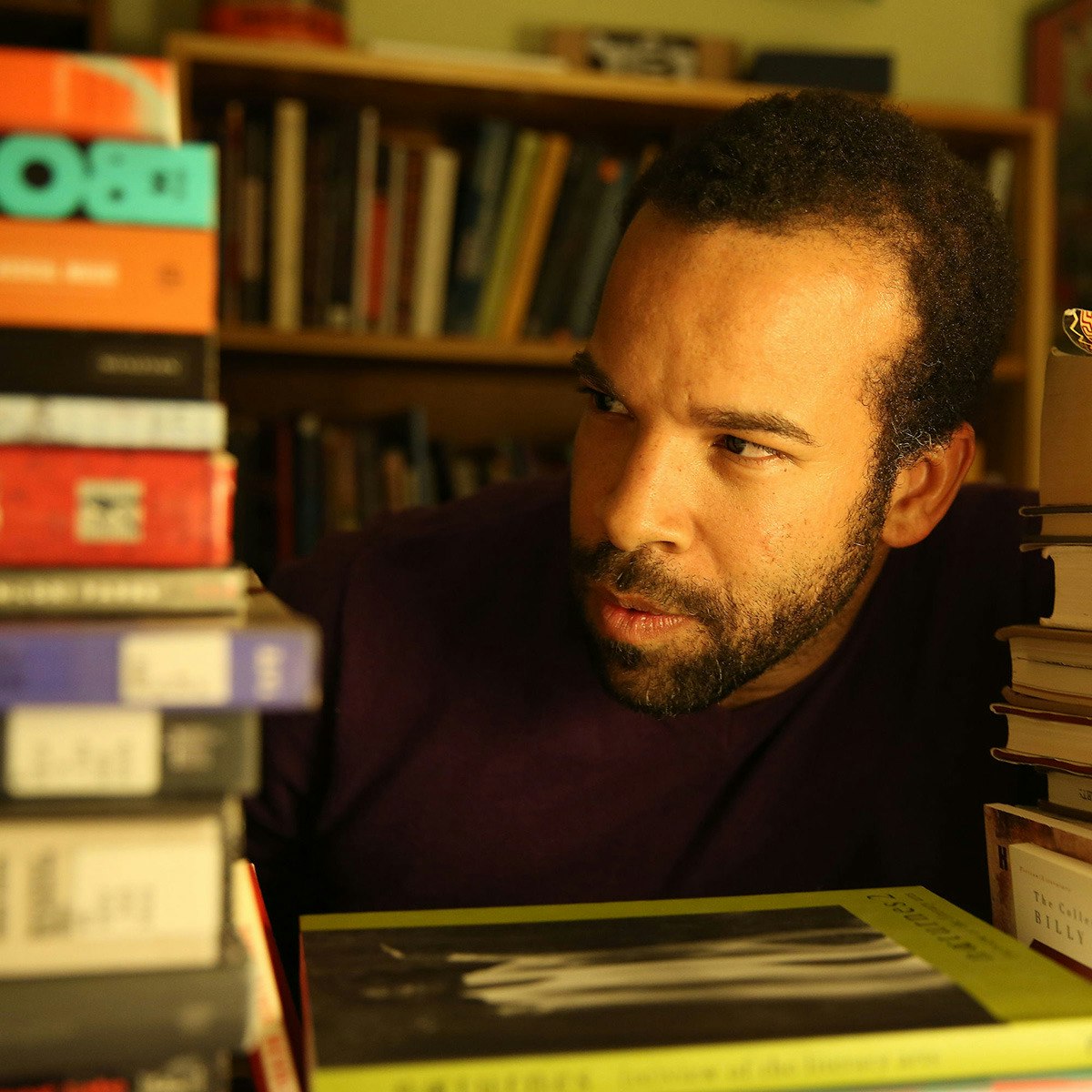

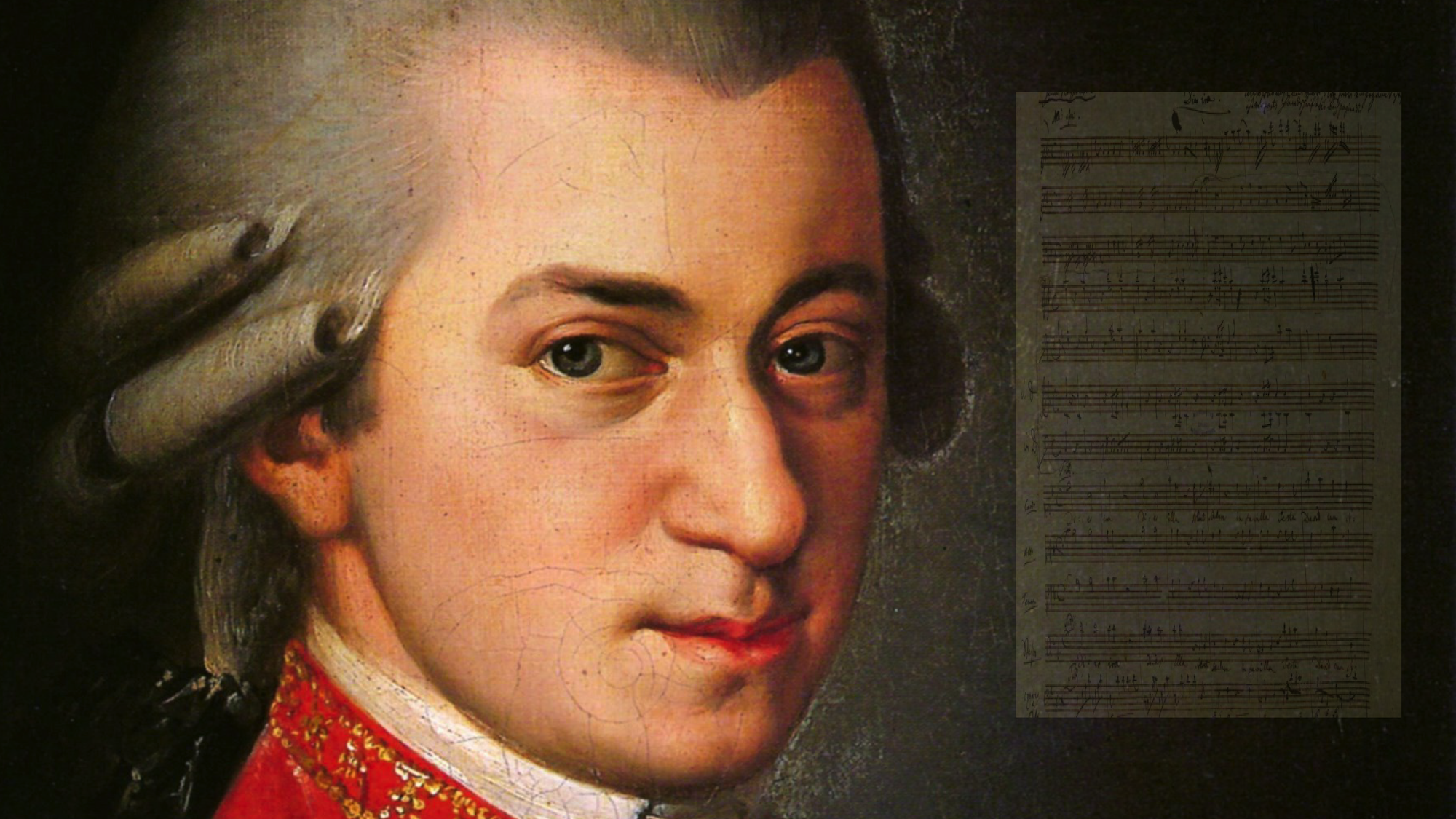

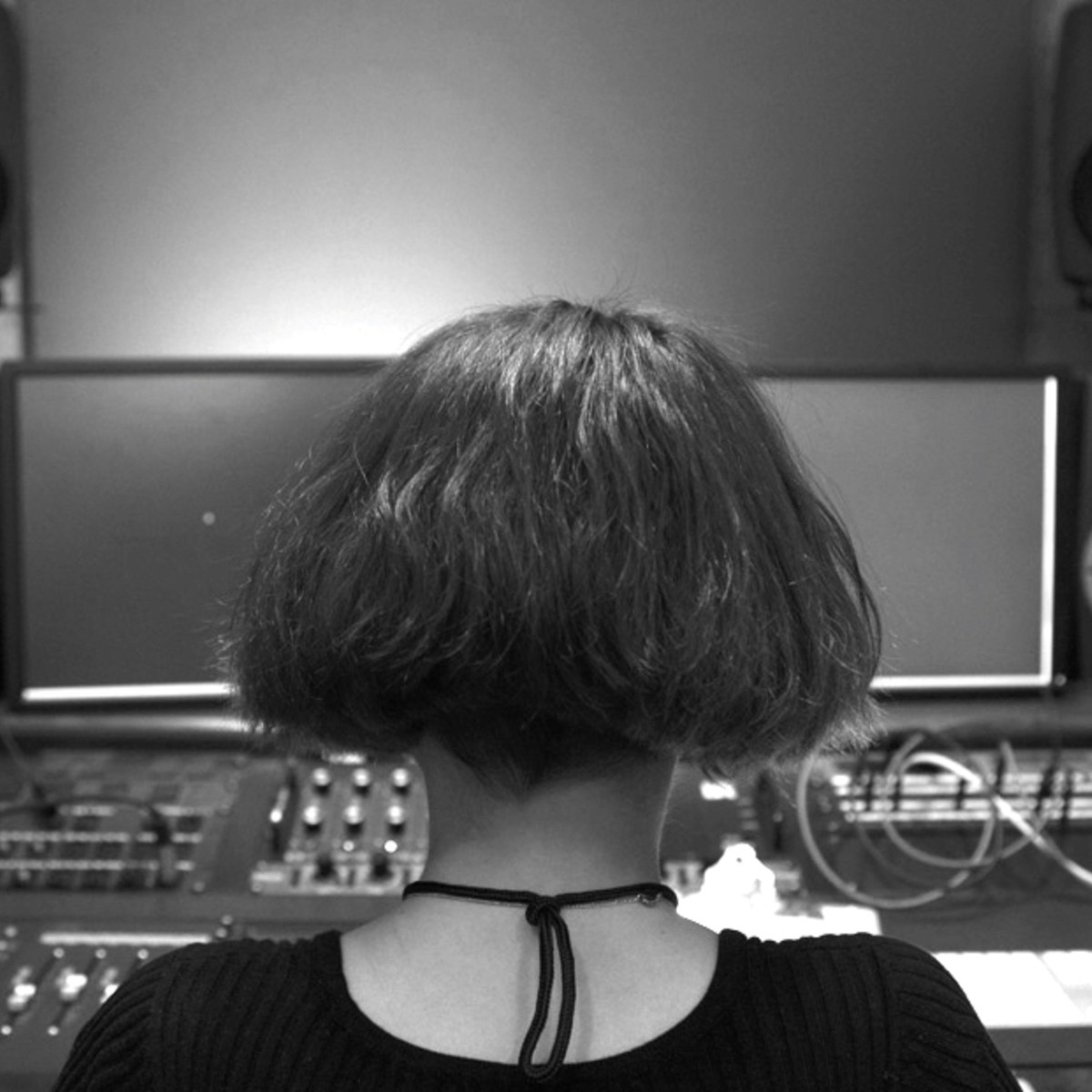
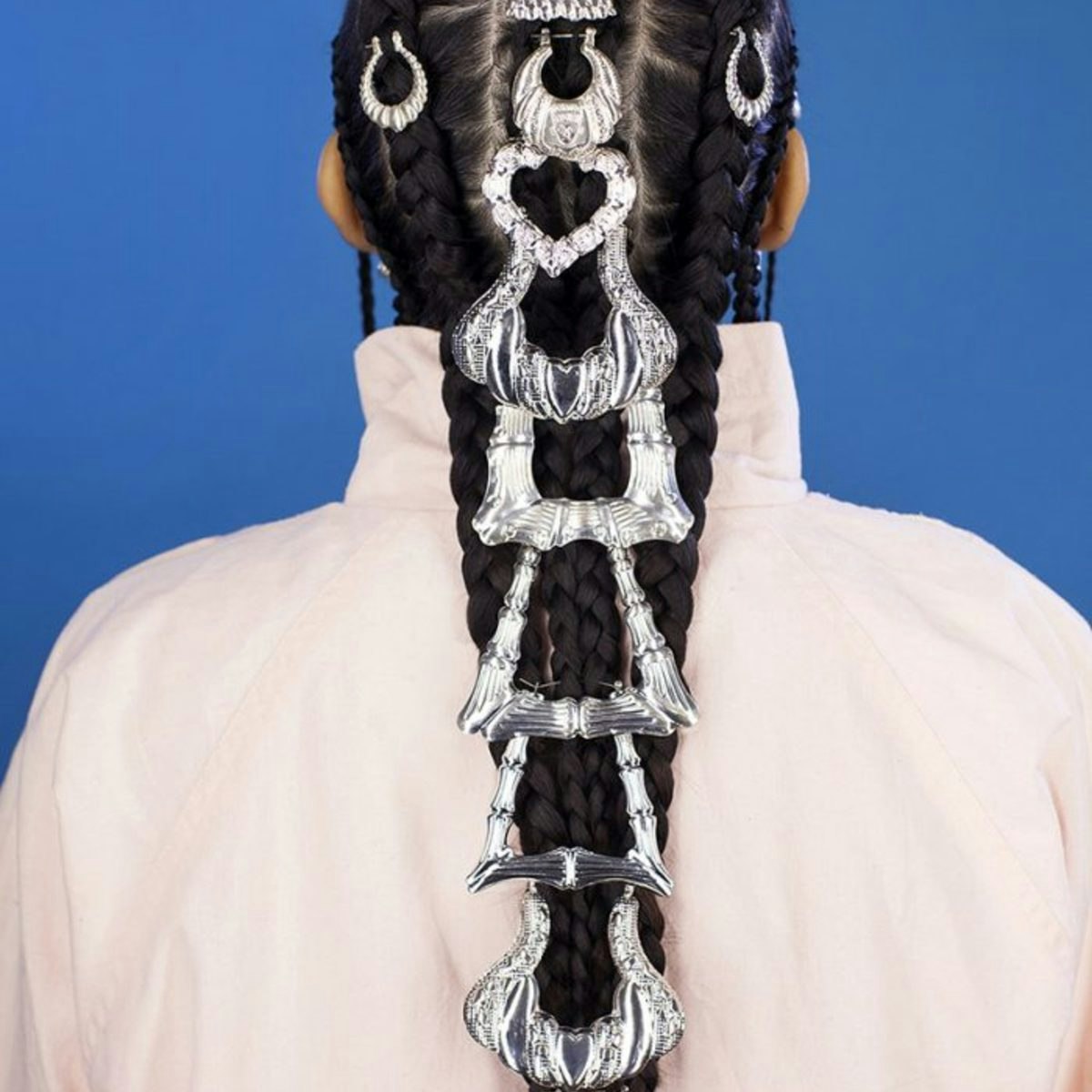
Arts And Humanities Courses - Page 5
Showing results 41-50 of 464

Public Speaking with Canva
By the end of this project, you will explore Public Speaking using Canva to create a structure for an efficient speech to present your projects or ideas.
You’ll be able to explore models and structure to feel confident in your public speaking competence and implement those skills in your life during dissertations, while pitching to your clients or while performing a TED talk, why not.
Public speaking has traditionally meant the act of speaking face to face to a live audience but today includes any form of speaking to an audience, including pre-recorded speech delivered over great distance by means of technology.
Nowadays public speaking has been transformed by newly available technology such as videoconferencing, multimedia presentations, and other nontraditional forms, but the essentials remain the same. Being used for many different purposes, usually it crosses teaching, persuasion or entertaining, there are different approaches and techniques related on how to master public speaking.
Canva is a graphic design platform, used to create visual contents such as social media graphics, presentations, posters, documents...The users can create their own graphic or choose from many templates ready to use. The platform is free to use with optional paid subscriptions for additional functionality.
This guided project is for students, graphic designers, or the general public who are familiar with Canva and want to explore its tools to create a speech structure while improving their knowledge on public speaking.

Introduction to Ancient Egypt and Its Civilization
Colossal pyramids, imposing temples, golden treasures, enigmatic hieroglyphs, powerful pharaohs, strange gods, and mysterious mummies are features of Ancient Egyptian culture that have fascinated people over the millennia. The Bible refers to its gods, rulers, and pyramids. Neighboring cultures in the ancient Near East and Mediterranean wrote about its god-like kings and its seemingly endless supply of gold. The Greeks and Romans describe aspects of Egypt's culture and history.
As the 19th century began, the Napoleonic campaign in Egypt highlighted the wonders of this ancient land, and public interest soared. Not long after, Champollion deciphered Egypt's hieroglyphs and paved the way for other scholars to reveal that Egyptian texts dealt with medicine, dentistry, veterinary practices, mathematics, literature, and accounting, and many other topics. Then, early in the 20th century, Howard Carter discovered the tomb of Tutankhamun and its fabulous contents. Exhibitions of this treasure a few decades later resulted in the world's first blockbuster, and its revival in the 21st century has kept interest alive.
Join Dr. David Silverman, Professor of Egyptology at Penn, Curator in Charge of the Egyptian Section of the Penn Museum, and curator of the Tutankhamun exhibitions on a guided tour of the mysteries and wonders of this ancient land. He has developed this online course and set it in the galleries of the world famous Penn Museum. He uses many original Egyptian artifacts to illustrate his lectures as he guides students as they make their own discovery of this fascinating culture.

The Creative Leader
This aims primarily at post-baccalaureate students interested in leadership theory.
The course has four modules. Module 1 covers definitions and foundations of creative leadership. Topics include, What is creative leadership? Why creative leadership? And foundations of creative leadership. Module 2 addresses the facilitative functions of the creative leader. Topics include employee creativity on an individual level; employee creativity and team complexity; and employee creativity and team diversity. Module 3 addresses the directive functions of the creative leader. Topics include directive creative leaders in politics; directive creative leaders in haute cuisine; and directive creative leaders in the arts. Module 4 addresses the integrative functions of the creative leader. Topics include integrative creative leadership and final creative products; and integrative leadership and others’ individual creative products
This is one course in the Coursera specialization, Leadership: An Introduction. It examines current trends in leadership theory invoking several disciplines, including business, sociology, philosophy, history, and psychology.
To complete this course successfully students should be able to analyze college-level readings and audio/visual presentations into understandable parts, including premises and conclusions; synthesize the results of the analysis into coherent and accurate summaries; and evaluate the results for accuracy and practical applicability.
Upon successful completion of the course, students will be able to
• Define creative leadership
• Explain the facilitative functions of a creative leader
• Explain the directive functions of a creative leader
• Explain the integrative functions of a creative leader
• Assess the value of creative leadership to contemporary organizational leadership
• Apply techniques of creative leadership to organizational challenges

Words Spun Out of Images: Visual and Literary Culture in Nineteenth Century Japan
In their ambition to capture “real life,” Japanese painters, poets, novelists and photographers of the nineteenth century collaborated in ways seldom explored by their European contemporaries. This course offers learners the chance to encounter and appreciate behavior, moral standards and some of the material conditions surrounding Japanese artists in the nineteenth century, in order to renew our assumptions about what artistic “realism” is and what it meant.
Learners will walk away with a clear understanding of how society and the individual were conceived of and represented in early modern Japan. Unlike contemporary western art forms, which acknowledge their common debt as “sister arts” but remain divided by genre and discourse, Japanese visual and literary culture tended to combine, producing literary texts inspired by visual images, and visual images which would then be inscribed with poems and prose. Noticing and being able to interpret this indivisibility of visual/literary cultures is essential in understanding the social and psychological values embedded within the beauty of Japanese art.

Sharpened Visions: A Poetry Workshop
Why just write poems when you can write better ones? This course is built on the notion that the most exciting writing begins after the first draft. It is specifically for folks who believe that writing poems just to express oneself is like using the Internet just for email. After all, poetry can change the way you and your readers think of the world and its inhabitants; it can break new ground for language; turn a blank sheet of paper into a teeming concert of voices and music.
Though any of us may have the potential to make that happen, having an understanding of how several tools of poetic composition can be used (and audaciously “mis-used”) gives you more ways to try (and if we do this right, we might surprise ourselves most of all).
We'll cover key poetic terms and devices by studying poems by a handful of modern and contemporary poets and then get a chance to try our own hand at writing new poem drafts from a select number of prompts. Throughout the course you will have the opportunity to workshop your poem drafts and get feedback on your work, working towards a more polished poem.

Teaching the Violin and Viola: Creating a Healthy Foundation
Join us as we explore the fundamental principles and early stages of teaching violin and viola through a series of engaging video lectures and lesson demonstrations, including: 1) Master classes with some of the world’s top string pedagogues, 2) Individual lesson demos of teaching violin/viola set up, left and right hand technique and pieces from the early violin/viola repertoire, 3) Group lesson demos of teaching music theory, ear training and fun activities that encourage good playing habits, and 4) A “field trip” to the violin shop, where we will outfit a new beginning student with a proper instrument and bow. You’ll also engage in a series of discussions and reflections with colleagues and peers across the globe. Upon completion of this course, we hope you’ll return to your studio with confidence, a new curriculum, and a renewed approach to sharing with your students the joyful experience of making beautiful music.
Write Like Mozart: An Introduction to Classical Music Composition
This course introduces students to strategies for style writing of common practice European art music. The issues of harmonic progression, voice leading, and texture are addressed in addition to relevant compositional concepts like repetition, variation, and elaboration. The course aims to offer a creative space even within the restrictions of stylistic emulation.

Understanding China, 1700-2000: A Data Analytic Approach, Part 2
The purpose of this course is to summarize new directions in Chinese history and social science produced by the creation and analysis of big historical datasets based on newly opened Chinese archival holdings, and to organize this knowledge in a framework that encourages learning about China in comparative perspective.
Our course demonstrates how a new scholarship of discovery is redefining what is singular about modern China and modern Chinese history. Current understandings of human history and social theory are based largely on Western experience or on non-Western experience seen through a Western lens. This course offers alternative perspectives derived from Chinese experience over the last three centuries. We present specific case studies of this new scholarship of discovery divided into two stand-alone parts, which means that students can take any part without prior or subsequent attendance of the other part.
Part 1 (https://www.coursera.org/learn/understanding-china-history-part-1) focuses on comparative inequality and opportunity and addresses two related questions ‘Who rises to the top?’ and ‘Who gets what?’.
Part 2 (this course) turns to an arguably even more important question ‘Who are we?’ as seen through the framework of comparative population behavior - mortality, marriage, and reproduction – and their interaction with economic conditions and human values. We do so because mortality and reproduction are fundamental and universal, because they differ historically just as radically between China and the West as patterns of inequality and opportunity, and because these differences demonstrate the mutability of human behavior and values.
Course Overview video: https://youtu.be/dzUPRyJ4ETk

The Art of Music Production
Explore the art of record production and how to make recordings that other people will love listening to. This course will teach you how to make emotionally moving recordings on almost any recording equipment, including your phone or laptop. The emphasis is on mastering tangible artistic concepts; the gear you use is up to you. You will learn to develop the most important tool in the recording studio: your ears. You will learn to enhance every aspect of your own productions, both sonically and musically, by employing deeper listening skills.
Assignments will include posting your own recordings for peer review, and reviewing your classmates’ work by employing specific tools and strategies. If you use a digital audio workstation to record and mix, that’s great, but as long as you can record into your computer and post an MP3, you can complete the assignments.
As you learn about the art of record production in this 4-week course, you will also learn about yourself and who you are as an artist and producer. It is not necessary that you read music or play an instrument to take this course.

Fashion as Design
Among all objects of design, our clothes are the most universal and intimate. Like other kinds of design, fashion thrives on productive tensions between form and function, automation and craftsmanship, standardization and customization, universality and self-expression, and pragmatism and utopian vision. It exists in the service of others, and it can have profound consequences—social, political, cultural, economic, and environmental.
Fashion as Design focuses on a selection of more than 70 garments and accessories from around the world, ranging from kente cloth to jeans to 3D-printed dresses. Through these garments, we’re going to look closely at what we wear, why we wear it, how it’s made, and what it means. You’ll hear directly from a range of designers, makers, historians, and others working with clothing every day—and, in some cases, reinventing it for the future. Studio visits, interviews, and other resources introduce the history and development of each garment and their changing uses, meanings, and impact over time.
Course Learning Objectives:
Develop critical tools to appreciate and contextualize fashion design—from everyday clothing to couture garments—through many different perspectives.
Trace the history, development, and impact of garments over time, and explore how they may be reinvented.
Investigate garments through multiple lenses including politics, identity, and economics.
Understand more about the lifecycle of clothing, from its design and production to its marketing, distribution, and consumption.
Better comprehend the choices you make about fashion with respect to the visual language of dress, individual and collective identities, and issues such as labor practices, sustainability, and body politics.
Popular Internships and Jobs by Categories
Find Jobs & Internships
Browse
© 2024 BoostGrad | All rights reserved